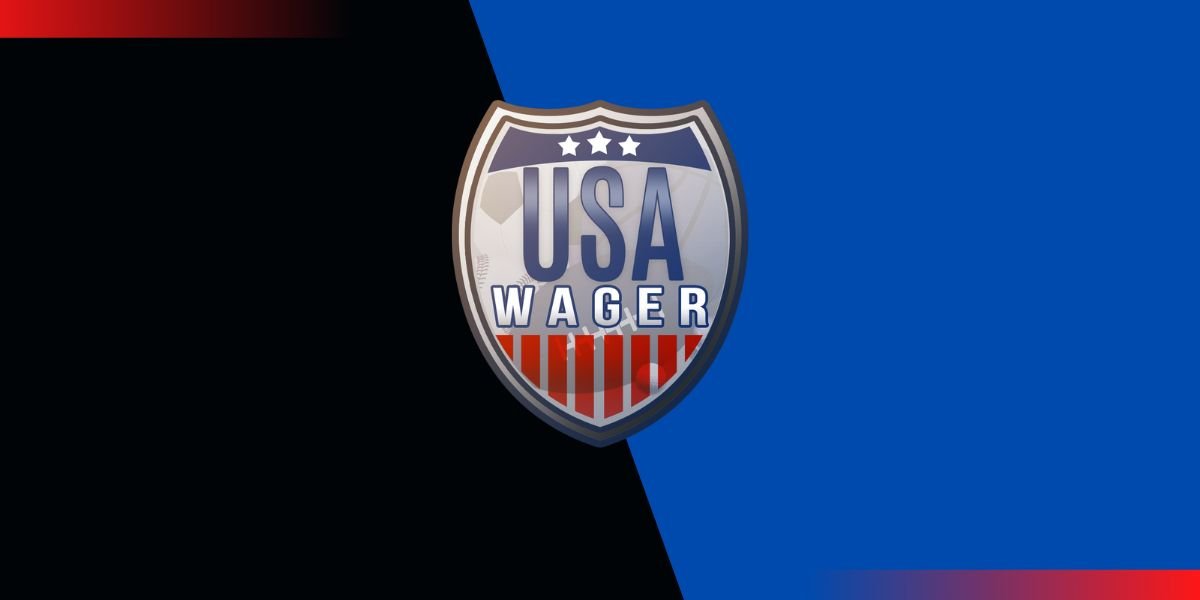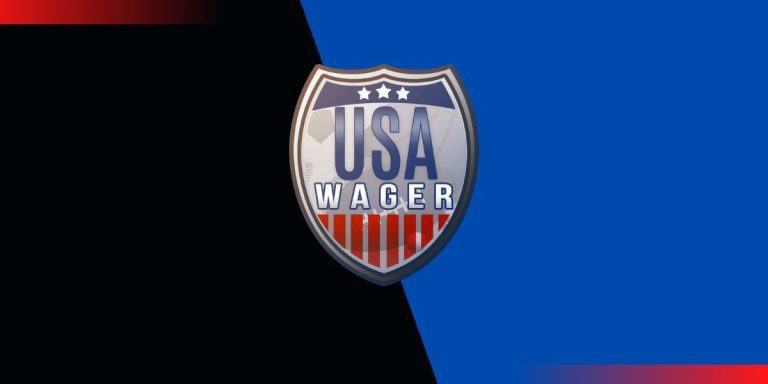Conference Realignment: B1G Needs to Go Big or Stay Home
This round of conference realignment in college sports is already tiresome and we still don’t know when Texas and Oklahoma are going to be officially welcomed into the SEC. So while we wait for that to officially happen, it’s important to look around at the other conferences and think about what they could or should be doing.
The Big Ten currently gives out larger media revenue shares to their member schools than the SEC, but that is likely to change with the expected additions of Texas and Oklahoma to the SEC and the conference soon the sign a new television contract with ESPN. So while the SEC is set to take over college sports the Big Ten, ACC and Pac-12 are now being forced to look around to see how they can strengthen themselves to better compete with the SEC.
If we look at this from a broad perspective, it’s clear that the Big Ten is the only conference that is currently positioned to make moves to better compete with the SEC. The ACC is locked into a television contract until 2036 and the Pac-12 — being primarily located in the Mountain and Pacific time zones — isn’t in a great position to add any major brands.
While the last round of conference realignment in the early 2010s was largely about adding cable boxes, this round of movement is mostly about increasing the influence that each conference can have on the landscape of college sports. Now, it’s up to the Big Ten commissioner Kevin Warren to either get really aggressive in his search to improve the conference’s standing or to stay where they are with 14 schools.
The Case for Expansion
While the Big Ten could decide to expand the conference to better compete with the SEC and the brands that the SEC has there aren’t many programs that could have the same kind of impact that Texas and Oklahoma are going to have in the SEC.
With the Big 12 on the verge of collapse, many of those schools would quickly run to the Big Ten if the conference were to extend an invitation. Of course, the Big Ten wouldn’t seem to have much of an interest in adding schools like Oklahoma State, TCU, Texas Tech or Baylor it could have an interest in extending invitations to Kansas and Iowas State.
While Kansas brings one of the most recognizable men’s basketball brands in the country, its football program has been one of the worst. Iowa State’s football program has seen levels of play that it’s never seen before under Matt Campbell, but it’s not a historic power in either football or men’s basketball. While each of these schools brings positives like a regional connection and natural rivalry with programs like Nebraska and Iowa they don’t bring much of an increase in brand influence.
If Warren decides that he wants to expand he likely needs to aim big. While Notre Dame seems like the most logical target, the Fighting Irish don’t seem to be inclined to join a conference at all and if they do decide to join a conference they are contractually obligated to join the ACC. Although, as the saying goes, contracts are made to be broken. Still, don’t expect Notre Dame to join the Big Ten — or any conference.
Instead, what Warren could do is reach out to schools in the ACC like Duke and North Carolina about potentially leaving the ACC and the television contract that has them locked in place for 15 more years. Both Duke and North Carolina would fit the Big Ten academically speaking and both bring a new market and large brands to the conference with connections to Charlotte and Raliegh, North Carolina.
Now, neither of these schools brings a great football history to the Big Ten. However, their basketball brands are arguably the top two in the country and both also bring great nonrevenue sports, which could matter with the increase in streaming platforms.
Landing North Carolina and Duke would be a massive get for the Big Ten in terms of brands, but there is another place the conference could go that could potentially blow up the landscape of college sports: the Pac-12.
If the Big Ten really wants to increase their brand looking at USC, UCLA, Cal, Stanford and Oregon could make the Big Ten potentially equal with the SEC because the Big Ten would have a major footprint in the three biggest markets in the country — New York, Los Angeles and Chicago.
Regionally, adding any school from the West Coast doesn’t make any sense from a regional standpoint. However, they bring incredible brands and when USC is competing on a national level in football they immediately become one of the five biggest brands in college football. UCLA also has the potential to be one of the massive brands in college football and already is in basketball. Oregon is one of college football’s biggest powers and brings the Portland market to the Big Ten. Cal and Stanford both fit the Big Ten from an academic standpoint and also bring the San Francisco market.
Conference Realignment: The case for staying put
If the Big Ten isn’t able to get any of the major brands mentioned above, staying at 14 schools is probably the best route for the conference. Again, the Big Ten is likely going to be passed by the SEC in media rights deals, but the Big Ten still distributed more than 50 million dollars per school during the 2020-21 season.
Adding schools that don’t add to the brand of the conference isn’t going to increase the revenue shares that the conferences receive, which could lead to the conference not wanting to add programs that don’t increase revenue shares.
What Warren has to decide now is what schools are going to increase the Big Ten’s brand and if the schools aren’t going to increase the brand it might be better for the conference to just stay put at 14 schools.


